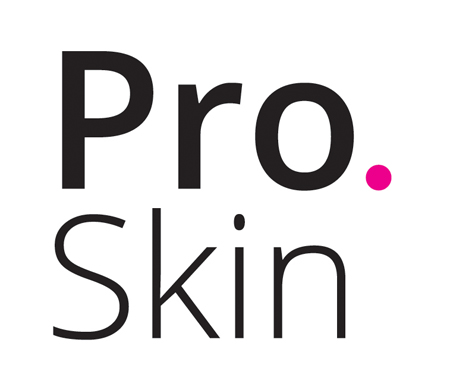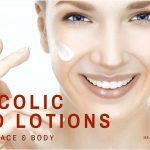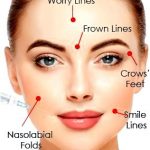
The skin is mainly comprised of skin cells, which produce a protective layer. Roughly every eighth cell, however, is really a melanocyte. These, to be sure, produce melanin – an action occurring within the granular layer. This can be a natural and necessary process as pigments provide us with skin tone as well as give a unique immune system against Ultra violet radiation.
Our educators, Devin Romero, place it best as he stated the pigmentation process resembles those of an set up line. It’s if this set up line overproduces or slows, that issues occur. Let’s further break lower the pigmentation process, when its as a result of potential damage:
- First a trigger (for example Ultra violet exposure) transmits an indication to melanocyte-stimulating hormones the skin needs protection. This activates the enzyme tyrosine.
- After tyrosine is signaled, the melanocyte cell gets to be a message to create pigmentation (melanin). The melanocytes make melanin, bundling them into melanosomes.
- These melanosomes will be spread upward with the granular layer via dendrites to keratinocytes where they form melanin caps, which reduce DNA damage brought on by Ultra violet exposure.

Common triggers that jump start this cycle include: the sun’s rays, inflammation, injuries, hormonal changes, friction, medications, aggressive skincare products, a level acne (by means of publish-inflammatory hyperpigmentation).
In healthy conditions, the pigmentation that’s created as a result of potential damage will ultimately diffuse or fade by itself, but in some instances a lasting discoloration can happen.
PERMANENT PIGMENTATION
Because the skin ages the cycle is less controlled. DNA harm to your skin cells, brought on by Ultra violet exposure, hormonal changes, certain medications, along with other health problems, increase the risk for steady distribution of melanin. As excess melanin is created, and scattering of those pigments is interrupted, hyperpigmentation forms. This creates deposits of color that stay indefinitely unless of course treated.
Fortunately there are a variety of things that assistance your skin and control hyperpigmentation. Included in this are:
- Bellis perennis flower (daisy flower) – a light, natural brightener produced from daisies.
- Arbutin (L) – an all natural plant-based derivative of hydroquinone (HQ) with tyrosinase abilities. As it is typically more stable and fewer sensitizing than HQ it’s a fantastic option for individuals with sensitivities.
- Kojic acidity – produced from Japanese mushrooms, it really works to effectively hinder melanin synthesis.
- Lactic acidity (L) – this keratoyltic AHA has natural brightening abilities, activly works to smooth skin and improve texture.
- Azelaic acidity – a grain- and yeast-derived compound, it will help normalize disordered cell growth, provides antioxidant and anti-inflammatory support, helping effectively help treat acne problems-related publish-inflammatory hyperpigmentation.
Supporting the skin’s all around health may also be essential. The aim would be to maintain optimum health, or restore it to optimum health therefore it may correctly control pigmentation. It’s once the DNA damage occurs, that pigmentation becomes a problem. Make sure you are regularly exfoliating, boosting the skin’s strength with nutrient-wealthy and skin-building ingredients, and protecting it with a decent mineral-based sun-protection.
Resourse: http://evolvewellnessspa.com/how-pigmentation-place-forms/
 Proskin Clinics
Proskin Clinics 
